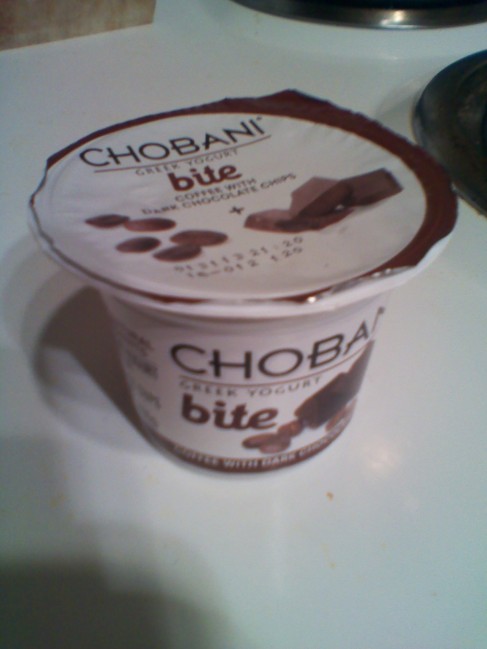
Two weeks ago, a family health crisis forced us to quickly learn about the ulcer-friendly or “bland” diet. My husband learned that he had a bleeding ulcer, and that onions, garlic and spicy foods were out of the question for the time being. As a family who loves to cook, we were determined to find flavorful alternatives to these cooking staples. Of course, if you have an ulcer or other digestive condition, ask your doctor about the foods that are best for you.
Soups are a favorite meal at our house, and I’d been meaning to try French green lentils. These small, dark gray-green lentils have a lovely sweet flavor and creamy texture. The caramelized roasted vegetables, along with some mild cooking herbs, add a rich flavor that helped us forget about the term “bland diet.”

My husband likes to add zucchini and other vegetables to roasting meats, so I decided to use that idea for this soup. My mom and I had fun cooking this soup and refining the recipe. No garlic, no onions, and lots of healing thoughts went into this soup. Here’s the recipe:
1 cup French green lentils
4-inch strip of dried kombu
1 bay leaf
1 teaspoon dried ground thyme
Sea salt to taste
2 medium carrots, cut into 1/2-inch pieces
1-1/2 cups diced potato
2 zucchini, sliced
1 to 2 tablespoons extra virgin olive oil
Dried oregano
Directions
1. Sort and rinse lentils. Place lentils and kombu in a medium bowl and soak for 4 hours (Available in health food stores, kombu is a sea vegetable that helps make beans and lentils more digestible) .
2. Just before the lentils have finished soaking, preheat oven to 425 F. Lightly coat a 2-quart baking dish with cooking spray. In a mixing bowl, toss the carrots, potatoes and zucchini in oil. Sprinkle with dried oregano and sea salt, then toss some more. Place the vegetables in the baking dish and bake for 40 minutes, turning the vegetables halfway through cooking time. Vegetables will be ready when they are tender and slightly caramelized.
3. Drain and place the lentils and kombu in a large soup pot. Add enough water to cover the lentils and add bay leaf and thyme. Bring to a boil, then lower the heat to a simmer. Cover and simmer for 20 to 30 minutes, or until lentils are soft. Remove from heat and set aside until the vegetables are finished roasting.
4. Add roasted vegetables to the pot of lentils and stir to combine. Sample the broth and add more water, salt and additional thyme if needed. Bring to a boil, reduce to simmer, and cook the soup for 10 to 15 minutes.
5. Ladle the soup into bowls, and drizzle with extra virgin olive oil. Sprinkle with grated Parmesan cheese and serve.
Bland diet? What bland diet? You’ll be amazed at the depth of flavor, even without the tried and true onion and garlic base. Hope you’ll give this soup a try!









